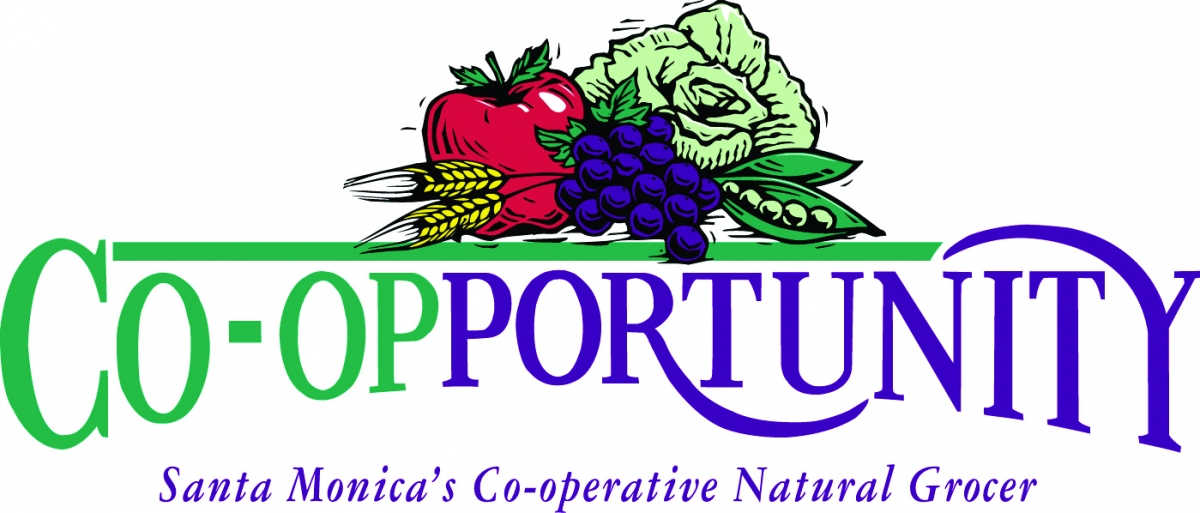Guest blogger Vicki Wawerchak, the director of the Santa Monica Pier Aquarium, discusses hitting an unusual jackpot.
“We’ve got skulls!” Pumping my fists in the air, I shout out to my computer and anyone within earshot of my office. I just finished reading another email from our friends at the Marine Mammal Care Center in Sausalito (remember our baleen?) stating they had three mammal skulls they would be happy to donate for education purposes if the appropriate permits were granted. I was ecstatic—yet again—at the thought of adding more, real, tangible, marine artifacts to our Aquarium collection.
Granted, I understand that to some of you, an email like this might rank right up there with the ones that tell you that you won the Nigerian lottery and then instruct you to wire transfer $10,000 to claim your winnings. But as a scientist and educator, these are the emails I long for; the messages that validate my hours of facility research to find centers that donate artifacts, the continued networking of colleagues in the field to put a face to a name and the numerous paragraphs written describing who we are, why we are looking for artifacts and what we intend to do with them.
In my opinion, nothing compares to creating a strong conservation ethic and empathy like a tangible item—dead or alive. Think back to when you were a child—did you like digging up earthworms to make sure they were okay in the mud? Did you move snails off the walking path to avoid them from being stepped on? And did you make sure that every moth was placed gently on a leaf if found sitting on a windowsill? Or maybe that was just me? If you ask my mother how many half-alive, baby birds I held in my hands, tears streaming down my cheeks, begging her to help me save the small, featherless, creature in my hand, she will tell you that she lost count when I turned five. I digress….but could these early recollections about attempting to hold and save every animal I set eyes on be the reason I have a limitless passion about ocean conservation and strong empathy to the animals that live within it? You bet! So back to the skulls and how we are going to use them to teach limitless passion about ocean conservation…
Jose Bacallao, the Aquarium’s senior aquarist, was right there with me. “What kind of skulls?” he answered, without skipping a beat. I hadn’t even really focused on that detail before I shouted out, so looking back at the email I read that they had two sea lion skulls (one male and one female) and one harbor seal skull. I passed that information on to him. Then I thought, “I wonder if they are already prepped?” And as if our friends at the Marine Mammal Care Center heard that question hundreds of miles away, twenty seconds later, an audible beep alerted me to a new email. It read, “Oh…and the skulls aren’t prepped.” Here we go again I thought. I laughed at the thought of what our conversations over the next few days were going to entail.
I shared this small prepping detail with Jose and I could see the wheels being to turn. Jose has been my partner in crime with these types of tasks for more than a decade. We have talked endlessly about how best to prep shark skin, how to remove a sea anemone without damaging it’s pedal disk, why baleen whales have two blowholes and toothed whales have one, and the list goes on and on.
We both love a challenge and this was going to be another great adventure, removing skin and tissue from the skulls—would we do it with beetles, by burying it, or by freshwater or saltwater maceration (to separate as a result of soaking)? We were already weighing the pros and cons of each method, talking a mile a minute…
(Read Parts Two and Three for how we prepped the skulls)
Photo: Reed Hutchinson




